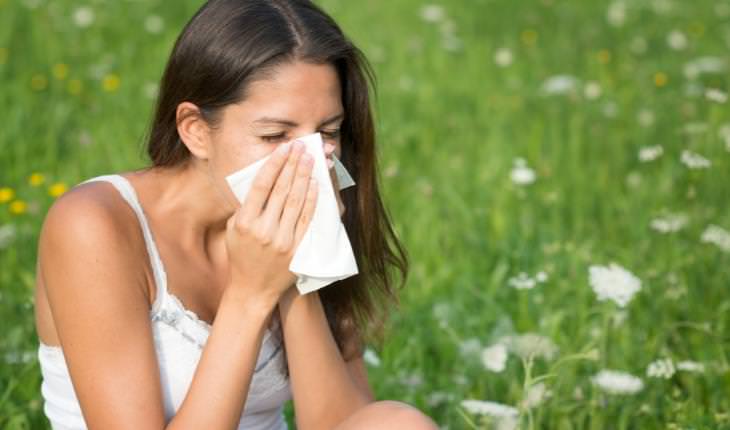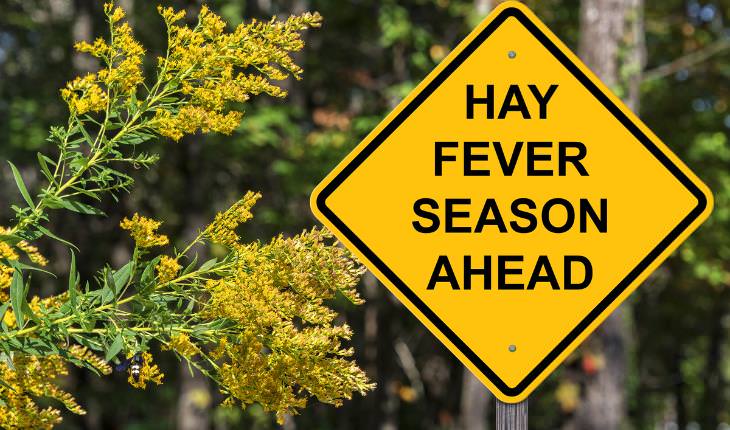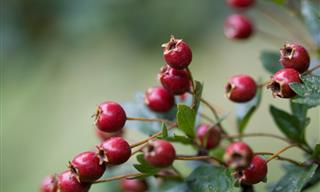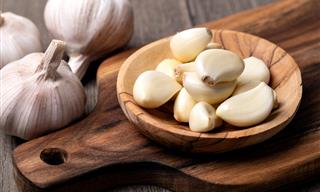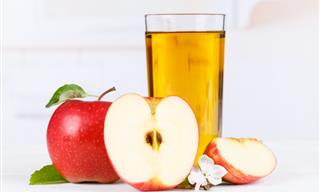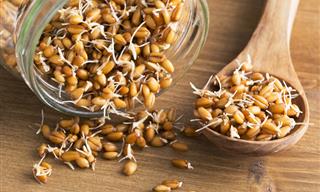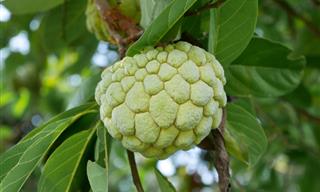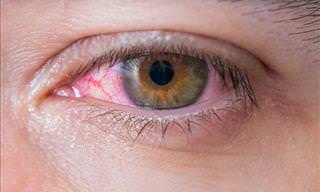What is OAS?
Oral allergy syndrome occurs in individuals who already have an allergy to the pollen of certain trees or grasses, mainly birch, ragweed, and mugwort. The symptoms are mild swelling of the mouth, face, or throat, or itchiness in the tongue after ingesting certain fresh fruits, nuts, or vegetables. This happens because your body recognizes the protein in those foods as similar to those found in pollen since they're biologically related.
This process is called cross-reactivity: an allergic reaction to allergens similar to the ones you're allergic to. Patients with hay fever are most likely to experience this. Birch, alder, ragweed, mugwort, Timothy grass, and orchard grass pollen cause most OAS symptoms, although birch and mugwort are the main culprits, as they're related to many fruits that can trigger a reaction.
Interestingly enough, the syndrome will not typically appear in young children, which is the time you should be exposed to all kinds of allergens to lower the chances of allergy later in life. OAS symptoms start showing mostly in adolescence as a reaction to fruits you may have eaten before with no allergic reaction.
Keep in mind that OAS is not the same as the tingling or stinging you get when you eat kiwi or pineapple. These fruit cause tinling because of their high acidity and enzymatic content.
OAS and seasonal allergies
While symptoms may be at their peak during spring, OAS can happen at any time of the year because different trees pollinate during different seasons. For example, birch tree pollen is the highest during spring, but mugwort pollen is mostly present in the air during fall. This means that if you have an allergy to birch pollen and you react to peaches during spring, you may be able to enjoy them symptom-free through the colder seasons when there is no birch pollen!
In the summer, symptoms are more likely to happen with peaches, tomatoes, and watermelon. In the spring, there are many more fruits that may cause this cross-reactivity, as so many plants are in bloom, enriching the air with pollen. Refer to this table by the American Academy of Allergy Asthma & Immunology to see which fruits may cause a reaction.
Here's another example to help you understand how to read the table: if you're allergic to ragweed pollen, which blooms during late summer to fall, you may experience a mild allergic reaction to cantaloupe during bloom season, but not necessarily during the rest of the year. Plums, pears, and peaches will be fine all year round. They may only bother people with birch or grass allergies.
What can be done?
OAS is mostly not life-threatening. It's generally considered a mild form of food allergy. Symptoms usually go away on their own a few minutes after you've stopped eating the allergen, or in severe cases, after you've taken an antihistamine. However, if you experience allergic symptoms after ingesting any kind of nut, you're advised to see a doctor to rule out any possibility of nut allergies, which can become life-threatening.
There is no test to see if your reactions qualify as OAS. What you can do is find the corresponding pollen that you are or may be allergic to and take a test to verify.
Do note that it hasn't been proven successful to resolve the syndrome or desensitize yourself by eating more of the fruit. If symptoms are severe and interfere with daily life, you can go through immunotherapy (regular allergy shots that desensitize your body to the allergens).
- Try cooking the fruits. The heat alters the protein in the fruit, and it's not similar to the pollen anymore. You can also have canned fruit. Try baking fruit pies or enjoying vegetables in a gratin (click the links for recipes). You can even use the microwave to cook your fruit or veggies.
- Most of the protein is found in the peel and the core of the fruit. Try peeling and coring an apple, for instance, to reduce its allergen content.
- If your symptoms are mild, explore different varieties. You may be reactive to a granny smith apple, for example, but a pink lady apple won't bother you in the slightest.
When should you see a doctor?
- Symptoms are getting progressively worse;
- Symptoms are caused by cooked fruits and vegetables;
- Symptoms are caused by nuts;
- You develop systemic reactions.
Source: 1, 2, 3.
 Go to BabaMail
Go to BabaMail


